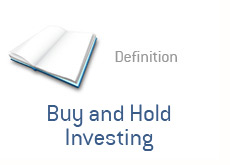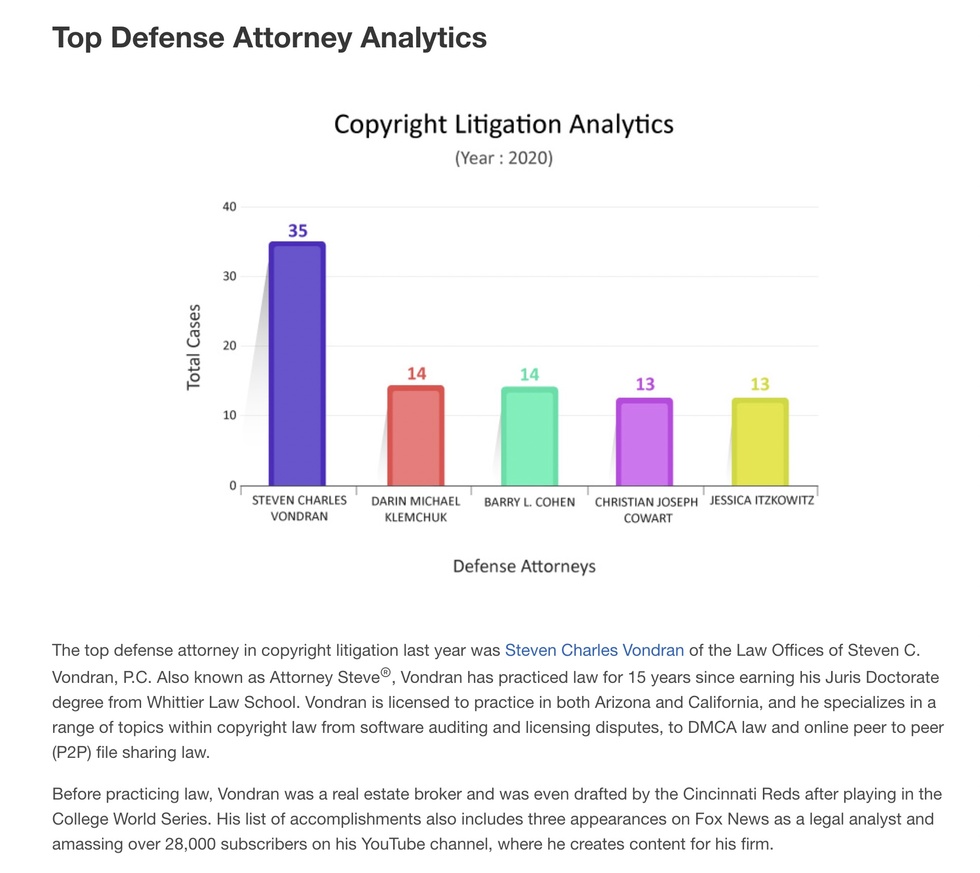Buy-and-Hold Investing: The Long Game's Harsh Realities

Table of Contents
The Illusion of Passivity and the Reality of Market Volatility
Buy-and-hold investing doesn't magically eliminate market downturns; it simply requires you to weather them. Understanding market cycles is critical to successfully employing a long-term investment strategy.
Understanding Market Cycles
Market corrections, bear markets, and even stock market crashes are inevitable parts of the investment landscape. Buy-and-hold acknowledges these realities and emphasizes the importance of maintaining a long-term perspective. However, this doesn't mean passively ignoring market fluctuations.
- Examples of historical market crashes and their recovery periods: The 1987 Black Monday crash, the dot-com bubble burst of 2000, and the 2008 financial crisis all serve as stark reminders of market volatility. While each experienced significant short-term losses, history shows that markets have historically recovered over time.
- Importance of emotional discipline during market volatility: The emotional toll of market downturns can be significant. Fear and panic can lead to impulsive decisions, such as selling assets at a loss. Maintaining emotional discipline is crucial for successful long-term investing.
- The role of time horizon in mitigating short-term losses: A longer time horizon allows for the recovery of losses during market downturns. The longer you can stay invested, the less impactful short-term fluctuations become on your overall returns.
The Unexpected Costs of Holding
While buy-and-hold minimizes trading activity, it doesn't eliminate all costs. Transaction fees, capital gains taxes, and inflation all erode returns over time.
- Illustrative examples of how these costs affect long-term returns: Even small annual fees can significantly impact long-term returns. Similarly, capital gains taxes can eat into profits realized after years of holding assets. Inflation reduces the purchasing power of your investment returns, meaning the same amount of money buys less over time.
- Strategies for minimizing these costs: Choosing low-cost index funds or ETFs can significantly reduce transaction fees. Tax-loss harvesting can offset capital gains taxes. Investing in tax-advantaged accounts like 401(k)s and IRAs can further minimize tax burdens.
- Importance of tax-advantaged accounts: Utilizing tax-advantaged accounts is a critical element of long-term financial planning. They provide significant tax benefits, shielding investment growth from taxation.
Diversification: More Than Just Throwing Darts
Diversification is a cornerstone of any successful long-term investment strategy, but it requires more than simply spreading your money across various investments.
The Importance of a Well-Diversified Portfolio
A well-diversified portfolio includes a mix of asset classes, such as stocks, bonds, real estate, and potentially alternative investments, to mitigate risk.
- Examples of well-diversified portfolios: A balanced portfolio might consist of a mix of large-cap and small-cap stocks, government and corporate bonds, and real estate investment trusts (REITs). The precise allocation will depend on individual risk tolerance and investment goals.
- Risk tolerance assessments and their relevance to portfolio construction: Understanding your risk tolerance is crucial for determining the appropriate asset allocation in your portfolio. Higher risk tolerance allows for a greater allocation to higher-growth assets, while lower risk tolerance necessitates a greater allocation to more conservative investments.
- The role of professional financial advice: Financial advisors can assist with risk tolerance assessments and portfolio construction, ensuring your investments align with your financial goals.
Hidden Risks in Seemingly "Safe" Investments
Even seemingly low-risk investments like bonds can experience significant losses during periods of high inflation or interest rate hikes.
- Examples of situations where low-risk investments underperformed: During periods of high inflation, the fixed income generated by bonds can be eroded by the rising cost of living, resulting in real losses. Similarly, rising interest rates can decrease the value of existing bonds.
- Importance of due diligence and thorough research: Before investing in any asset class, conduct thorough research to understand the associated risks. This includes understanding the potential for loss and the factors that could negatively impact your investments.
The Long-Term Perspective: Patience vs. Opportunity Cost
While a long-term perspective is essential for buy-and-hold investing, it's not without its trade-offs.
The Time Horizon Factor
A longer time horizon allows for the recovery from short-term market fluctuations, smoothing out the ride. However, capital tied up in underperforming investments represents an opportunity cost.
- Examples of how time horizon influences investment decisions: Younger investors with longer time horizons may tolerate greater risk, while older investors nearing retirement may prioritize capital preservation over potential growth.
- Discussion of alternative investment strategies that may offer higher returns in shorter timeframes: Strategies like active trading or short-term investing may offer higher returns in shorter timeframes but come with significantly higher risks.
Rebalancing and Adjusting Your Strategy
Buy-and-hold isn't truly passive. Regularly reviewing and rebalancing your portfolio is crucial to maintain your desired asset allocation and risk profile.
- Techniques for portfolio rebalancing: Rebalancing involves selling some assets that have outperformed and buying others that have underperformed to restore the target allocation.
- The role of market analysis in rebalancing decisions: Market analysis can inform rebalancing decisions, adjusting your allocation to account for changes in market conditions and economic forecasts.
Conclusion
Buy-and-hold investing, while often praised for its simplicity, presents significant challenges. Successfully employing this strategy necessitates a thorough understanding of market dynamics, risk management, and the importance of diversification. It's not a passive approach; it requires careful planning, regular monitoring, and the discipline to withstand market volatility. Before committing to buy-and-hold investing, thoroughly assess your risk tolerance, financial goals, and time horizon. Seek professional financial advice to help you create a well-diversified portfolio and a sound long-term investment strategy that aligns with your individual needs and circumstances. Remember, informed buy-and-hold investing is key to long-term success.

Featured Posts
-
 The Prince His Money Manager And Monacos Corruption Scandal
May 25, 2025
The Prince His Money Manager And Monacos Corruption Scandal
May 25, 2025 -
 Financing Your Escape To The Country Practical Advice And Resources
May 25, 2025
Financing Your Escape To The Country Practical Advice And Resources
May 25, 2025 -
 As Monaco La Composition De L Equipe Face A Nice
May 25, 2025
As Monaco La Composition De L Equipe Face A Nice
May 25, 2025 -
 Us Court To Decide On Coheres Copyright Infringement Defense
May 25, 2025
Us Court To Decide On Coheres Copyright Infringement Defense
May 25, 2025 -
 The Turning Point George Russells Solution To A Major Mercedes Issue
May 25, 2025
The Turning Point George Russells Solution To A Major Mercedes Issue
May 25, 2025
